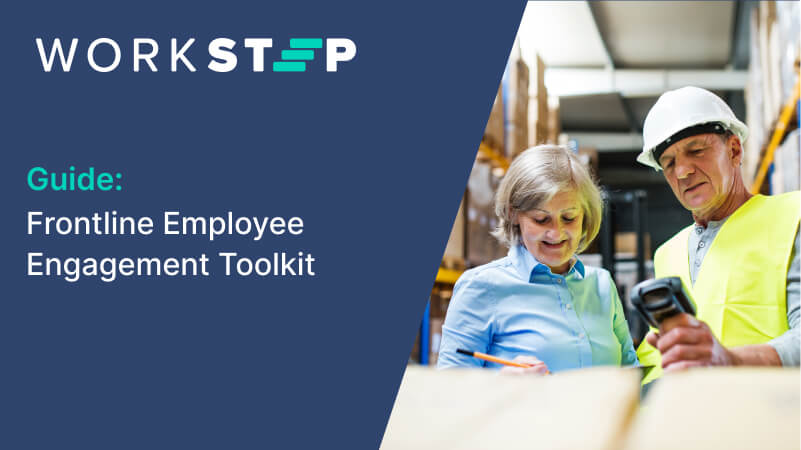If the future of HR is People Operations, as we presented in an earlier blog post, People Analytics is how we get to the future. People Operations encourages us to look at the entirety of an employment journey to prioritize employee satisfaction, performance, and retention, and People Analytics is the process through which we accomplish these goals by leveraging data and insightful analysis to drive business decisions and policy.
Why is People Analytics important?
Workforce retention strategies, leadership planning, management theory, and HR best practices are certainly useful as a framework but they are, by definition, generalized and broad because they speak from a wide cross-industry perspective. The most effective approach to your own specific supply chain retention strategy will be to use these guidelines as a starting point, but when it comes time to execute, look within — at your people. Who are they? Are they happy? How are they performing? What do they want? Are they engaged? Are you checking in with them?
The answers to these sorts of critical questions power People Analytics data and insight, including worker personality traits, demographic and DE&I information, performance targets, employee behavior, employee engagement, and retention rates, among other important metrics. People Analytics helps stakeholders, executives, customers, and employees gauge the health of your organization, thereby facilitating informed, stronger decision making. Supply chain retention efforts, in particular, benefit from metrics such as rates and drivers of voluntary and involuntary turnover, employment duration, work-life balance, employee performance, pay and compensation, promotion history, employee-manager/coworker relationships, company culture satisfaction, employee feedback, and employee demographics. HR and leadership can then act on this data to reimagine onboarding and training programs, management styles, company culture, and other factors that might be weighing on employee satisfaction and performance.
Components of a successful People Analytics-based retention plan
When launching a new People Analytics initiative or redoubling existing efforts, you’ll want to collect as much information as possible, but raw data is only the first step and can easily become overwhelming and useless without analysis and business intelligence. Set reasonable, phased expectations when first starting out — with an initial plan that narrows down areas of focus and prioritizes key metrics, sets clear goals, and assigns point personnel to oversee data collection and reporting. Consider the following key components when leveraging People Analytics to strengthen retention and decrease turnover at your supply chain organization.
- Engaging with Employees — Check in with workers throughout their employment journey, from hiring and onboarding, through promotions to departure. Suggestion boxes, annual surveys, and spreadsheets are no longer enough to properly engage with employees. Contemporary platforms expedite the feedback collection process by reaching out to distributed employees at scale, while also helping you make sense of your data by providing industry benchmarks and the ability to tie feedback to outcomes so that you can understand actual turnover drivers.
- Taking Action on Insights and Driving Retention — Leverage your People Analytics platform to identify these specific workforce turnover drivers within your organization and formulate a plan of action to directly combat each top driver and encourage retention.
- Investing in the Right Software — Modern People Analytics platforms not only digest all your data and integrate seamlessly with HRIS systems, but they also analyze in real-time and offer proactive suggested actions and alerts so your management teams can respond with immediacy and minimal friction. The best platforms present all your relevant data in easy-to-use, digestible dashboards with clear action plans and next steps.
- Training HR and Leadership — The success of any initiative ultimately depends on execution. Train your HR and People Operations teams, and any other relevant team members on the new processes and platforms — and, perhaps most importantly, on their specific responsibilities and the overall organizational People Analytics goals.
Like all long-term business processes, your People Analytics approach will evolve and benefit from iterative enhancement. You don’t have to implement everything at once, but you do have to start somewhere, and start soon, because your competitors are already on their way to leveraging the power of data-proven insights to drive their supply chain retention strategies.
Tune into your frontline with WorkStep
With the frontline employee engagement platform that delivers the real-time insights you need to take action, retain your workforce, and drive your business forward.
Kristina Finn, Content Marketing Manager | kristina@workstep.com



